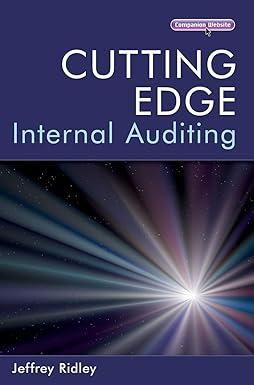Answered step by step
Verified Expert Solution
Question
1 Approved Answer
1. The money multiplier in this excercise equals: a. 10 b. 2 c. 5 d. 4 2. The potential deposit creation for the banking system


1. The money multiplier in this excercise equals:
| a. | 10 | |
| b. | 2 | |
| c. | 5 | |
| d. | 4 |
2. The potential deposit creation for the banking system in this problem equals:
| a. | 40000 | |
| b. | 100000 | |
| c. | 19520 | |
| d. | 6400 |
Step by Step Solution
There are 3 Steps involved in it
Step: 1

Get Instant Access to Expert-Tailored Solutions
See step-by-step solutions with expert insights and AI powered tools for academic success
Step: 2

Step: 3

Ace Your Homework with AI
Get the answers you need in no time with our AI-driven, step-by-step assistance
Get Started


